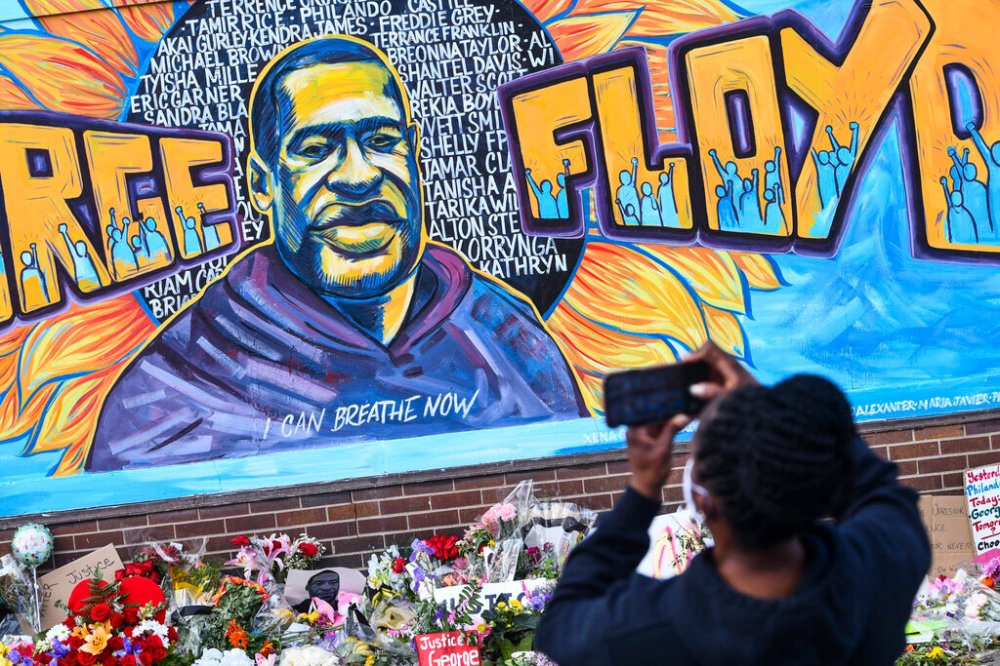Danger in viewing world through blue-coloured glasses
Read this article for free:
or
Already have an account? Log in here »
To continue reading, please subscribe:
Monthly Digital Subscription
$0 for the first 4 weeks*
- Enjoy unlimited reading on winnipegfreepress.com
- Read the E-Edition, our digital replica newspaper
- Access News Break, our award-winning app
- Play interactive puzzles
*No charge for 4 weeks then price increases to the regular rate of $19.00 plus GST every four weeks. Offer available to new and qualified returning subscribers only. Cancel any time.
Monthly Digital Subscription
$4.75/week*
- Enjoy unlimited reading on winnipegfreepress.com
- Read the E-Edition, our digital replica newspaper
- Access News Break, our award-winning app
- Play interactive puzzles
*Billed as $19 plus GST every four weeks. Cancel any time.
To continue reading, please subscribe:
Add Free Press access to your Brandon Sun subscription for only an additional
$1 for the first 4 weeks*
*Your next subscription payment will increase by $1.00 and you will be charged $16.99 plus GST for four weeks. After four weeks, your payment will increase to $23.99 plus GST every four weeks.
Read unlimited articles for free today:
or
Already have an account? Log in here »
Hey there, time traveller!
This article was published 02/07/2020 (1989 days ago), so information in it may no longer be current.
One evening earlier this year, a man died on the street in a major United States city. His death would make history, and although much has been said about it since, it’s worth pausing for a moment to review how the first draft of that history was written, because what it says — and what it doesn’t — delivers a stark lesson.
The scene, as laid out in that first draft, begins when someone calls police to allege that a non-violent offence has been committed. Police state they are “advised,” presumably by the caller, that “the suspect was sitting on top of a blue car and appeared to be under the influence.”
Read this next part carefully, because this is what that first draft of the story says happens next.
“Two officers arrived and located the suspect, a male believed to be in his 40s, in his car. He was ordered to step from his car. After he got out, he physically resisted officers. Officers were able to get the suspect into handcuffs and noted he appeared to be suffering medical distress.
“Officers called for an ambulance. He was transported to (hospital) by ambulance where he died a short time later.
“At no time were weapons of any type used by anyone involved in this incident.”

If this doesn’t sound familiar, it’s only because it doesn’t resemble reality. The city was Minneapolis. The man who died was George Floyd, and this was the original press release issued by police notifying the media and public of what happened in the minutes leading up to his death.
On the surface, it is a standard police release: dispassionate, spartan, scant on details. In this version, the officers who responded to the call are, if not outright heroic, at least imbued with a sort of minor benevolence: they found a suspect in medical distress and called an ambulance, but he died. No weapons.
But that isn’t the truth of it, not by a wide margin. Thanks to bystander video and security-camera footage gathered by journalists, we can see the press release now as a chilling exhibit of lies of omission and misdirection; a narrative that makes sure to note Floyd as “under the influence” but erases all trace of the officers’ actions.
Concealed there, in the gaps between details, is the killing of a man who begged for his life as three officers crushed his body into the pavement for almost nine minutes, with one kneeling directly on his neck. All four officers are facing charges now; there will be a day in court, a chance for the facts to be weighed and considered.
“Concealed there, in the gaps between details, is the killing of a man who begged for his life as three officers crushed his body into the pavement for almost nine minutes, with one kneeling directly on his neck.”
Would that have happened if the only thing written about George Floyd’s death was that first, police-written draft?
Re-reading this original release now, nearly six weeks since Floyd’s killing sparked a groundswell of protest that is still surging over the world, is a sobering act. I keep going back to it, aware that it is far from the first time a press release and fact diverge so significantly, searching it for clues to how to make it one of the last.
What scares me is knowing that, if that bystander video had never been taken, that is the last the world might have learned of the death of George Floyd. And what scares me is that, if I’d been working a general assignment shift on that night in Minneapolis, I might have written the first, brief report of the incident up the same way.
As the public reckons with the surging debate about how to change police and policing, this is also something that must be part of that discussion. If we understand justice as accountability, it has to begin with information, and with careful thought towards how we obtain it, how we share it, and how it can be concealed.
“What scares me is knowing that, if that bystander video had never been taken, that is the last the world might have learned of the death of George Floyd.”
Change requires the media, across the board, rethinking how it reports information from police, especially when it concerns their own actions. It also requires more education for the public on how to read sources critically; to take information on board, but wait to render judgment until more is known.
In 2018, the journalist Sophie Haigney wrote an article in the magazine Popula, entitled “Down with the daily crime story.” It’s been making the rounds again in recent weeks, because Haigney’s observations are sharp and the topic remains timely. In short, she argues that the media needs to rethink how it covers crime stories.
Haigney’s piece is worth Googling to read in full; I couldn’t do it justice here, except to say she writes from a strong position of both experience and research. She knows the challenges of pursuing deep reporting involving crime or police; she also sees how that impacts the way information is presented and received.
“Police have a functional monopoly on information in this beat that seems to me unparalleled across journalism,” she wrote. “‘Police said’ is peppered all over daily crime stories. Often, if you look closely, you’ll notice it’s the basis for the entire story.”
That monopoly of information is especially concerning when police are the sole source of information about their own actions. There isn’t always clear bystander video. There isn’t always information that winds up in court. There aren’t always witnesses who are willing to talk to journalists, or the resources or, frankly, luck to find them.
In the absence of that information, cases often simply fade from public view. There are still a number of incidents in Manitoba that, months after they happened, the public knows almost nothing about. The Independent Investigation Unit is tasked with reviewing those, and that does take time but the lack of transparency is concerning.
There cannot be accountability if the public does not have the information it needs to judge the truth of events. And this information needs to be timely and received with care and a critical eye to both what is said and what is left out of the story; above all, we must keep trying to ensure that history is not left at its first draft.
melissa.martin@freepress.mb.ca
Our newsroom depends on a growing audience of readers to power our journalism. If you are not a paid reader, please consider becoming a subscriber.
Our newsroom depends on its audience of readers to power our journalism. Thank you for your support.
History
Updated on Thursday, July 2, 2020 11:54 PM CDT: Changes photo at insistence of photo editor.








